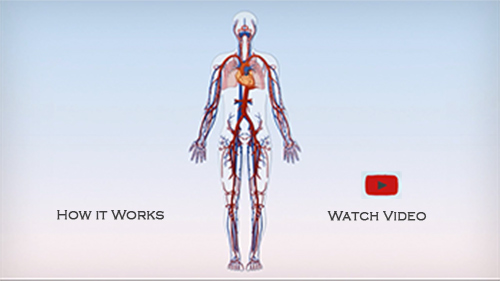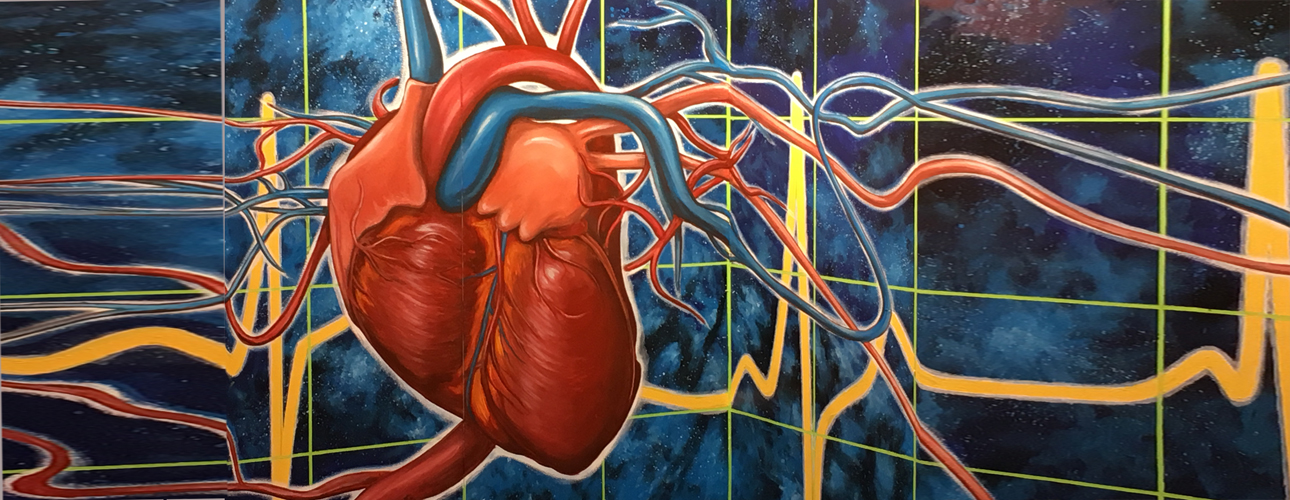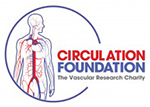Are you feeling discomfort each day?
If you are unable to walk more than few hundred yards without pain, cramps or swelling in your feet or legs, then you may have Poor circulation.
The most common cause of poor circulation is peripheral vascular disease (PVD), a condition that restricts normal blood flow to and from your heart. A related condition, venous insufficiency, occurs when your veins are unable to effectively send blood from your legs back to your heart. This condition may result in severe leg swelling, varicose veins, and skin discolouration.
What does this mean?
Simply, your body’s circulation system is like a two-part highway system. One set of roads leads out to periphery of the body (arteries: deliver oxygen and nutrients); the other return network (veins: transporting blood back up to the lungs for a breath of fresh air).
Both sides of this blood delivery system can run into problems. With arteries, the problem is most likely to be narrowing or blockage of the vessels (atherosclerosis). With veins, swelling, inflammation, and clotting are the main problems (varicose veins, deep vein thrombosis, and venous insufficiency).

Symptoms of poor circulation:
- Cold feet and hands, not just in winter time
- Feeling numb in certain parts of the body especially the extremities
- Some hair loss can be because of bad blood flow
- If your skin gets dry even though you drink plenty of water
- Swelling and water retention – especially in the feet
- Lumps in blood vessels and varicose veins
- Cramps and pins and needles
How to prevent poor Circulation?
- Stop smoking cigarettes.
- Keep your blood pressure and cholesterol in a healthy range.
- Exercise regularly.
- Avoid long periods of immobility.
- Elevate your legs when possible.
Poor circulation isn’t a condition in itself. Instead, it results from other health issues. To be certain of the problem, a complete diagnostic workup is required to enable treatment of the underlying causes.


